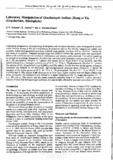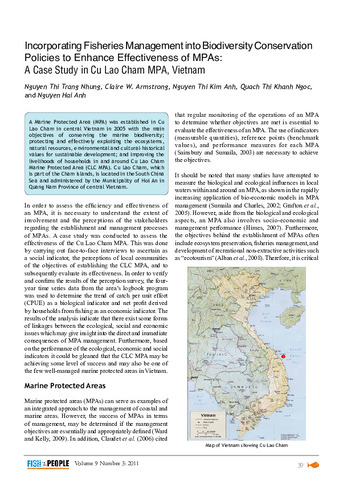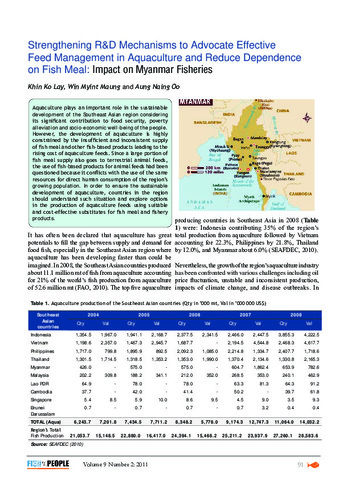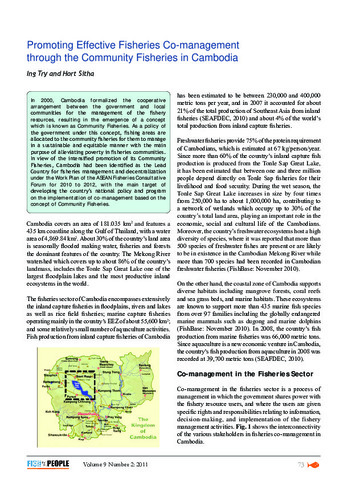Laboratory manipulation of Gracilariopsis bailinae Zhang et Xia (Gracilariales, Rhodophyta)
Share
Abstract
Carpospore germination, carposporeling development and tetraspore formation were investigated in Gracilariopsis bailinae Zhang et Xia by manipulating photoperiod, photon flux density, temperature, salinity and nutrients. Laboratory-generated sporelings attained mean growth rate from 4.05 to 10.31% d-1 during the first week of incubation. Duncan s multiple range test (DMRT) showed that growth rates were significantly different (P < 0.05) between the treatment combinations and between weekly intervals. The optimal condition for growth of sporelings, irrespective of culture age, was attained at treatment combinations of 26°C, 11:13 (h. L:D) photoperiod, 100 µEm-2s-1 photon flux density (PFD), 25 µM NH4Cl: 2.5 µM K2HPO4 and 25ppt salinity followed by a treatment combination of 26°C, 11:13 (h. L:D) photoperiod, 100 µEm-2s-1 photon flux density (PFD), 50 µM NH4Cl: 5 µM K2HPO4 and 25 ppt salinity. For the first time in this species, tetraspore formation was induced in the laboratory. The tetrasporophyte produced many tetraspores in almost all branches of the thallus grown at 26°C, 11:13 (h. L:D) photoperiod, 100 µEm-2 s-1, 25 µM NH4Cl: 2.5 µM K2HPO4 and at 30 ppt salinity while those grown at lower light, higher nutrient level and higher salinity had fewer tetraspores. No tetraspores were formed at a higher temperature (30°C), longer photoperiod (13:11 h. L:D), and at 25 ppt salinity and the plants remained vegetative from 4 to 7 months. Logistic regression analysis showed that tetrasporangial induction was significantly affected by nutrients and salinity (P < 0.05).
Suggested Citation
Rabanal, S. F., Azanza, R., & Hurtado-Ponce, A. (1997). Laboratory manipulation of Gracilariopsis bailinae Zhang et Xia (Gracilariales, Rhodophyta). Botanica Marina , 40(1-6), 547-556. https://doi.org/10.1515/botm.1997.40.1-6.547
Subject
Taxonomic term
Collections
- AQD Journal Articles [1249]
Related items
Showing items related by title, author, creator and subject.
-
Incorporating fisheries management into biodiversity conservation policies to enhance effectiveness of MPAs: A case study in Cu Lao Cham MPA, Vietnam
Trang Nhung, Nguyen Thi; Armstrong, Claire W.; Kim Anh, Nguyen Thi; Khanh Ngoc, Quach Thi; Anh, Nguyen Hai (Secretariat, Southeast Asian Fisheries Development Center, 2011) -
Strengthening r&d mechanisms to advocate effective feed management in aquaculture and reduce dependence on fish meal: Impact on Myanmar fisheries
Lay, Khin Ko; Myint Maung, Win; Naing Oo, Aung (Secretariat, Southeast Asian Fisheries Development Center, 2011) -
Promoting effective fisheries co-management through the community fisheries in Cambodia
Try, Ing; Sitha, Hort (Secretariat, Southeast Asian Fisheries Development Center, 2011)




